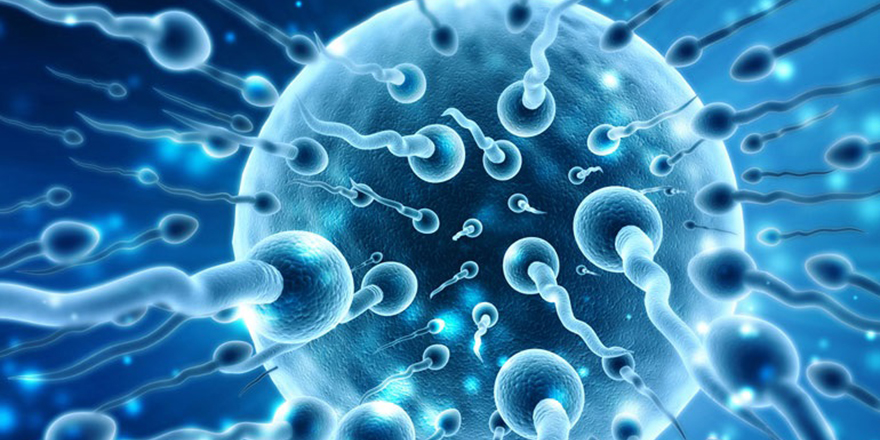
What leads the spermatozoa towards the egg?
Spermatogenesis is one of the most complex processes in humans, involving many genes and even more signaling pathways. After the process of spermatogenesis is completed, the newly produced spermatozoa must travel a relatively long distance in order to be able to fertilize the egg. But how exactly do the spermatozoa know the right direction?
It is now known that there are 3 mechanisms that help the spermatozoa and they are a) thermotaxis which is the movement towards fluctuating temperature, b) rheotaxis ie the movement towards a fluid flow and c) chemotaxis which is the main method of movement towards specific chemical agents.
Chemotaxis allows the secretion of specific molecules such as progesterone, for the regulation of endogenous signaling molecules, thus guiding spermatozoa towards the egg to achieve a successful acrosomal reaction and gamete fusion.
Source: Luddi, Alice et al. “Taste Receptors: New Players in Sperm Biology.” International journal of molecular sciences vol. 20,4 967. 22 Feb. 2019, doi:10.3390/ijms20040967




